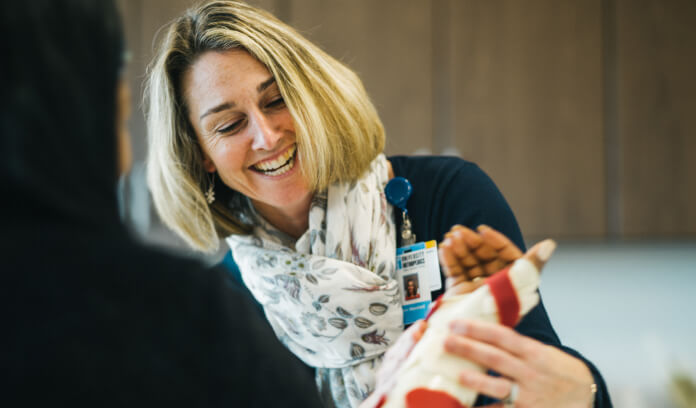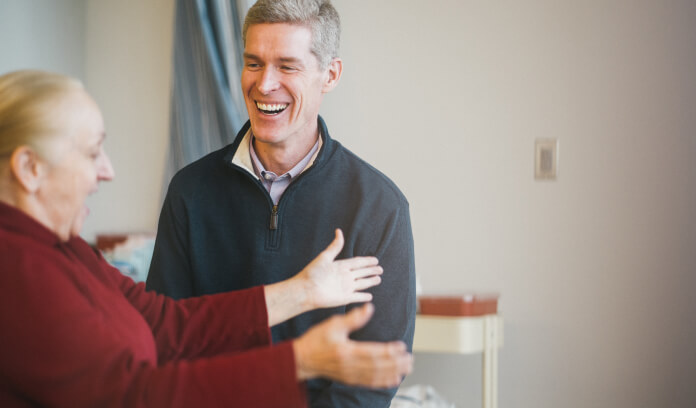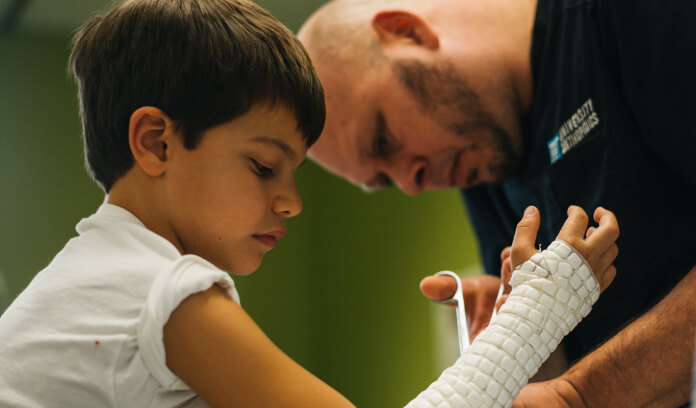Case Studies
See how we help solve healthcare’s biggest business challenges.
Pediatric practice streamlines operations and enhances patient care with athenaOne
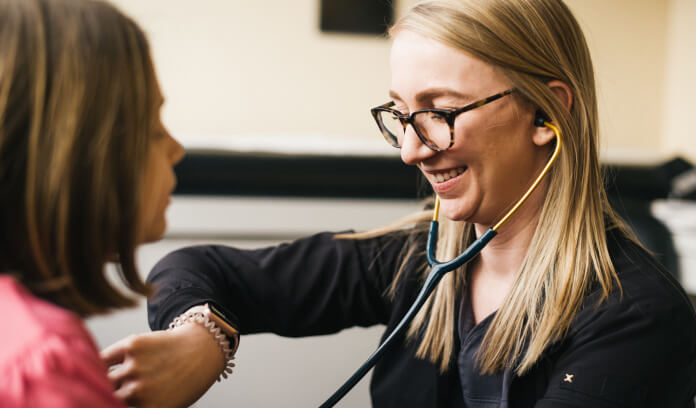

Better care, stronger financial performance with athenaOne® Authorization Management
How a growing orthopedic surgery clinic improved its pain management care and grew business with support from athenaOne®
OrthopedicsInefficient workflows6-30 physicians5
days wait time
1
PT employee from 4 FT employees

An orthopedic clinic finds agility and efficiency with athenaOne®
Why athenahealth’s athenaOne solution was the best choice for a small orthopedic clinic looking for a competitive edge
OrthopedicsInefficient workflows6-30 physicians28 day
avg reimbursement wait time
75 min
documentation time saved

A strategic step forward for federally qualified health center in Northern New York
Modern patient engagement tools, efficient documentation, and reliability with athenaOne
FQHCInefficient workflows6-30 physicians3.9
minutes avg documentation time
45
mouse clicks on avg per encounter
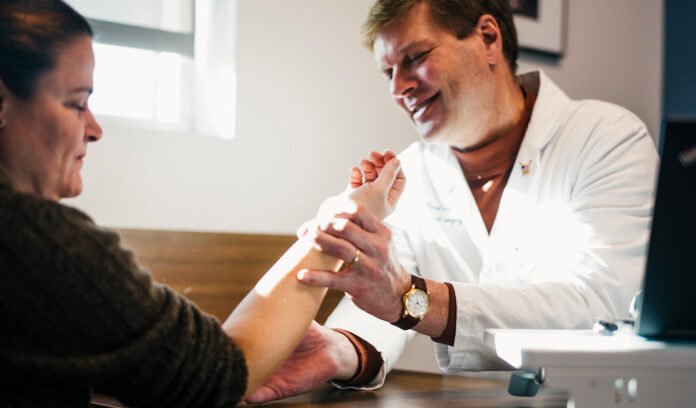
Making the most of MIPS
Orthopedic practice leverages athenaOne® tools and services to optimize performance in the Merit-based Incentive Payment System
OrthopedicsPerformance visibility1-5 physicians4
CRO providers exceeded MIPS
1:1
Sessions provided MIPS Success
Discover our all-in-one healthcare solution.
Learn about athenaOneGet a guided tour of athenaOne’s capabilities.
Request a demo today





